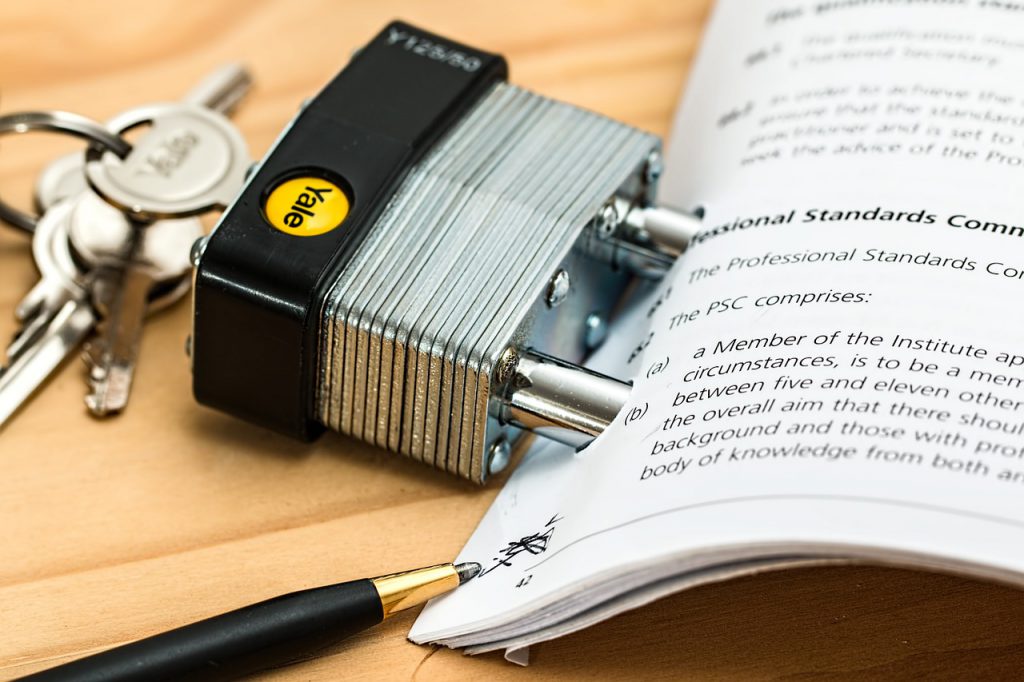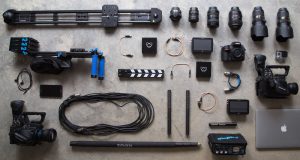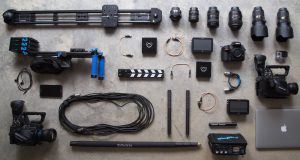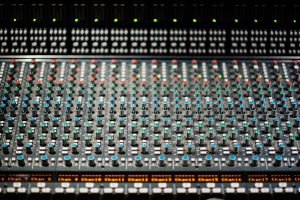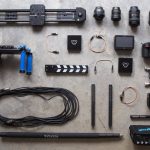It is safe to say that, at this point, the fragmented nature of IoT will hinder, or even discourage the value for users and industry. If IoT products happen to be poorly integrated, or inflexible regarding connectivity or are complex to operate, these factors can drive users as well as developers away from IoT. Also, poorly designed IoT devices can have negative consequences for the networks they connect to. Therefore, standardization is a logical next step as it can bring appropriate standards, models, and best practices. The standardization can, in turn, bring about user benefits, innovation and economic benefits.
Moreover, a widespread use of IoT devices brings about many regulatory and legal issues. Yet, since IoT technology is rapidly changing, many regulatory bodies cannot keep up with the change, so these bodies also need to adapt to the volatility of IoT technologies. But one of the issues which frequently comes in action is what to do when IoT devices collect data in one jurisdiction and transmit it to another jurisdiction with, for example, more lenient laws for data protection. Also, the data collected from IoT devices are often times liable to misuse, potentially causing legal issues for some users.
Other burning legal issues are the conflict between lawful surveillance and civil rights; data retention and ‘the right to be forgotten’; and legal liability for unaware users. Although the challenges are many in number and great in scope, IoT needs laws and regulations which protect the user and their rights but also do not stand in the way of innovation and trust.
Finally, Internet of Things can bring great and numerous benefits to developing countries and economies. Many areas can be improved through IoT: agriculture, healthcare, industry, to name a few. IoT can offer a connected ‘smart’ world and link aspects of people’s everyday lives into one huge web. IoT affects everything around it, but the risks, promises and possible outcomes need to be talked about and debated if one is to pick the most effective ways to go forward.
